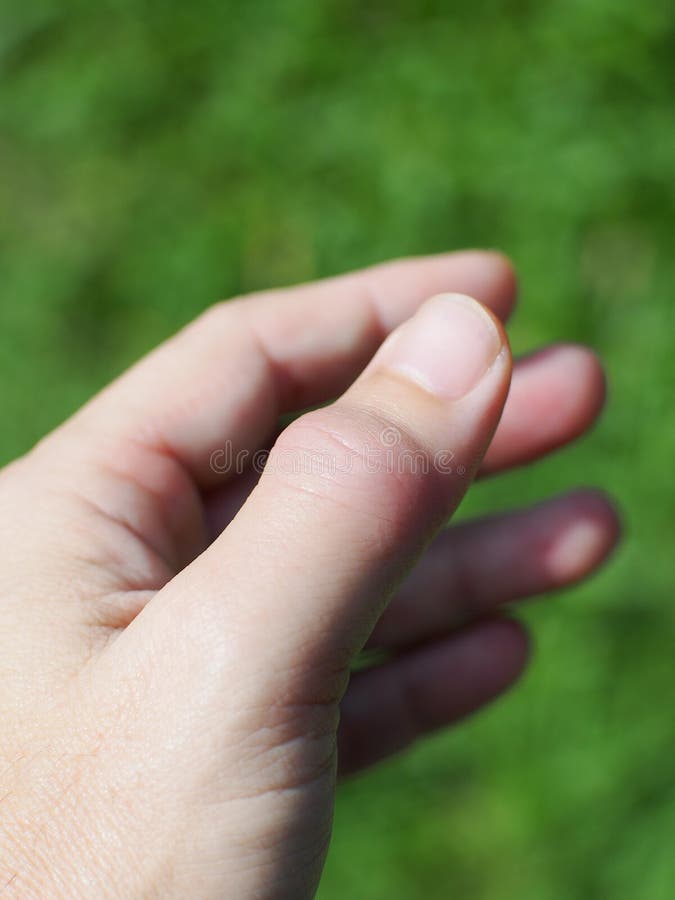

The most common complications following surgery for trigger finger or trigger thumb include: Your doctor will discuss the risks with you before surgery and will take specific measures to help prevent complications. Complications can occur with any type of surgery. Rosemont, IL, American Academy of Orthopaedic Surgeons, 2010.Ĭomplications. Reproduced and adapted from JF Sarwark, ed: Essentials of Musculoskeletal Care, ed 4. Although pulleys have an important function in the hand, releasing the A1 pulley should not cause problems in the future.ĭuring trigger release surgery, the A1 pulley is cut (dotted blue line). The A1 pulley is divided (released) so that the flexor tendon can glide freely. Surgery is performed through either a small open incision in the palm or with the tip of a needle.

The goal of the procedure is to release the A1 pulley that is blocking tendon movement so the flexor tendon can glide more easily through the tendon sheath. Typically, the procedure is done in an outpatient setting with an injection of local anesthesia to numb the area for surgery. The surgical procedure for trigger finger is called “tenolysis” or “trigger finger release.” If, however, your finger or thumb is stuck in a flexed or bent position, your doctor may recommend surgery to prevent permanent stiffness. The decision for surgery is based on how much pain or loss of function you have in your finger. If your finger does not get better with nonsurgical treatment, you may wish to consider surgery. They can cause a short-term rise in blood sugar, so glucose levels in diabetic patients should be monitored after injection. Steroid injections are less likely to be effective in patients with diabetes, but may still help avoid surgery. If two injections do not help the problem, surgery may be considered. If symptoms do not improve with time, a second injection may be given. A steroid injection may resolve the triggering over a period of one day to several weeks. Corticosteroid, or cortisone, is an anti-inflammatory agent that can be injected into the tendon sheath at the base of the trigger finger. Over-the-counter medications, such as acetaminophen and nonsteroidal anti-inflammatory drugs (NSAIDs), can help relieve pain and inflammation. Gentle stretching exercises can help decrease stiffness and improve range of motion in the involved digit. Wearing a splint at night to keep the affected finger or thumb in a straight position while you sleep may be helpful.Įxercises. Resting your hand and avoiding activities that make it worse may be enough to resolve the problem. Initial treatment for a trigger finger is usually nonsurgical.


 0 kommentar(er)
0 kommentar(er)
